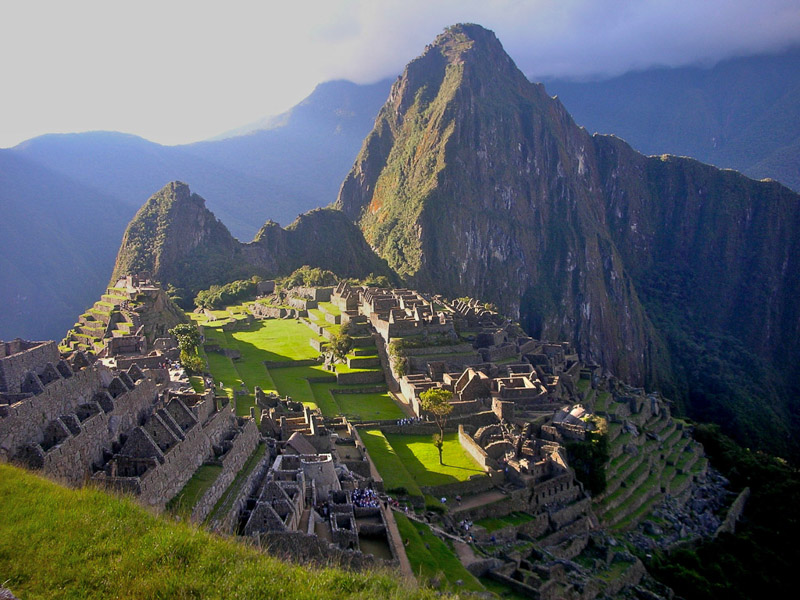Machu Picchu is regarded as one of the new seven wonders of the world.
There are some things you need to know before you go, so at Bucket List Travel we have put together some information you will need as first-timers to Machu Picchu.
Where is Machu Picchu?
You will find the sprawling Inca citadel in Peru, high in the Andes Mountains of South America. Shrouded in mist and surrounded by lush jungle and dramatic cliffs, it’s one of the most famous and breath-taking archaeological sites in the world.
History of Machu Picchu
The Incan farming region of the Sacred Valley is home to Machu Picchu.
This ancient city of the Inca people was hidden from the conquering Spaniards for fear of destruction and practically forgotten until American historian Hiram Bingham brought it to international attention in 1911.
Built in the 15th century, the city ruins are renowned for its dry-stone walls that fuse huge blocks without the use of mortar.
Most archaeologists agree that this ancient structure was constructed as a royal estate for the Inca emperor Pachacuti around 1450. UNESCO designated Machu Picchu a World Heritage site in 1983, describing it as “an absolute masterpiece of architecture and a unique testimony to the Inca civilization.”
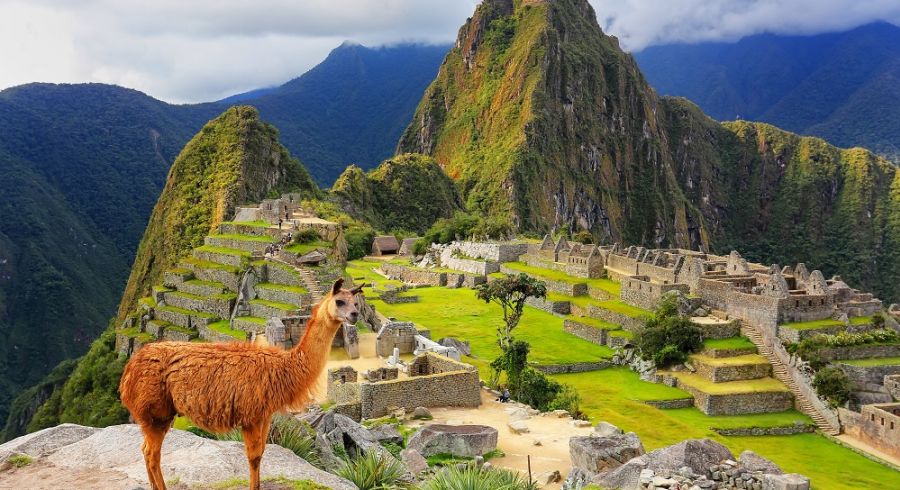
Hiking the Inca Trail
Many of us dream of walking the sacred way of the Incas and seeing the sunrise over Machu Picchu. The only way that you can get a good shot at doing this – regardless of the season and the sunrise time – is via the official Inca Trail, a 4-day trek.
What first-time visitors may not be aware of is that visiting Machu Picchu is restricted by the Peruvian government and you cannot visit the Inca citadel without an official guide. Secondly, there are only 500 permits issued for the Inca Trail every day – that’s about 200 for hikers, but you don’t need to hike the Inca Trail in order to see Machu Picchu.
Inca Trail FAQ:
- The hike takes four days; on the final morning of the hike you’ll descend onto the Machu Picchu site.
- There are only 500 permits issued for the Inca Trail every day – that’s about 200 for hikers and 300 for their guides, porters and cooks.
- You can not just show up in Cusco and hike the Inca Trail; you need to book your hike about six months in advance.
- Many guides will require you to be in Cusco three days prior to your hike so that you have time to adjust to the altitude.
- You can hire porters to carry some of your equipment for a fixed fee.
- Hiking the trail is a camping trip with very basic facilities at the sites – don’t be expecting showers. The trekking consists of long hikes, cold temperatures during the night, rain during the day, and meals in the kitchen tent.
- Hiking the Inca Trail is an incredible, exhilarating and exhausting experience during which you visit some otherwise inaccessible sites.
Arranging to hike the famous trail will be the most complicated part of planning a trip to Machu Picchu, that’s where the team at Bucket List Travel come in. We’ll help you with what you need to know about Machu Picchu before you set off. With a bit of careful planning and the right approach, this bucket list experience will be one that’s well worth the effort.
- Inca Trail cost: Approximately US$650+ per person + hiking extras
- Walking Distance: 43km
- Duration: 4 days/3 nights
- Tip: The Inca Trail closes for the month of February
How to get to Machu Picchu
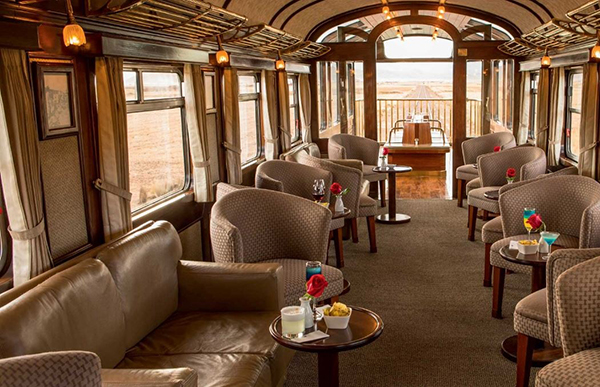
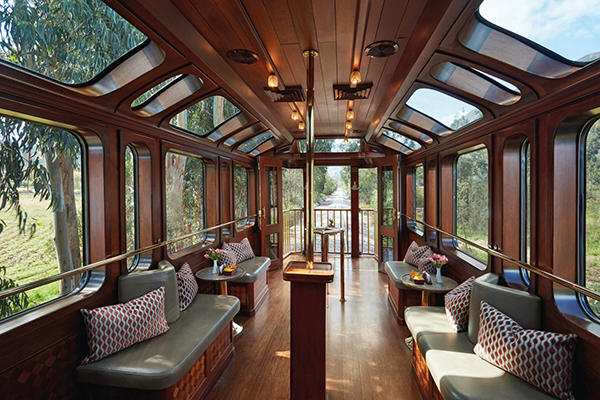
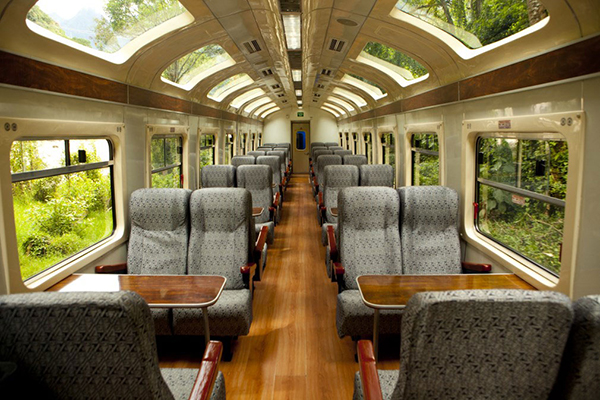
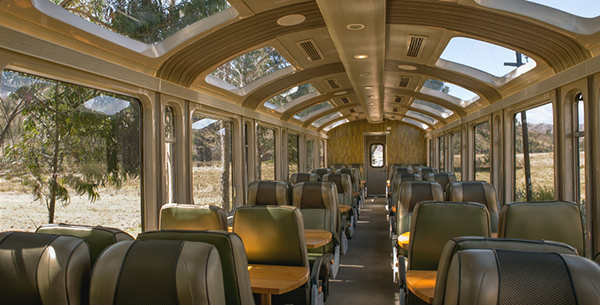
Most people start their journey to Machu Picchu by first arriving in Lima. You then need to get to Cusco city, the entrance gate of any journey to the Incan Citadel. Traveling from Lima to Cusco by bus is by far the most popular way of getting there; an unforgettable experience with breath taking views along the route.
There are many ways to get to Machu Picchu itself.
Many see Cusco, the Sacred Valley of the Incas and Machu Picchu as a circuit. The Sacred Valley is the river valley of the Urubamba River and it encompasses the heartland of what was once the Inca Empire.
The easiest and quickest way to get from Cusco to Aguas Calientes, the town at the foot of the Machu Picchu, is by taking the Machu Picchu train and then a short shuttle bus ride all the way to the entrance, which takes approximately 40 minutes.
There are three types of train services to choose from: Expedition, Vistadom, and Belmond Hiram Bingham. The journey takes about 3.5 hours and the price varies throughout the year for each option.
- The Expedition train is aimed at the more budget-conscious travellers.
- The Vistadom train, which is a more expensive panoramic train, offers magnificent views of the surrounding mountains.
- The Belmond Hiram Bingham is the most luxurious option. If you want to feel like you are on the Orient Express, try this option.
One-day hike
Another way to get to Machu Picchu is to hike the Inca trail from kilometre 104, ending at the Sun Gate in the afternoon – the original main gate of Machu Picchu when it was used by the Incans. You can catch the Peru Rail Vistadome train from Cusco but disembark the train around 30 minutes before Aguas Calientes in the middle of nowhere, at stop KM 104. From there you can hike into the Andes Mountains and scale up, down, and around this mind-blowing mountain range.
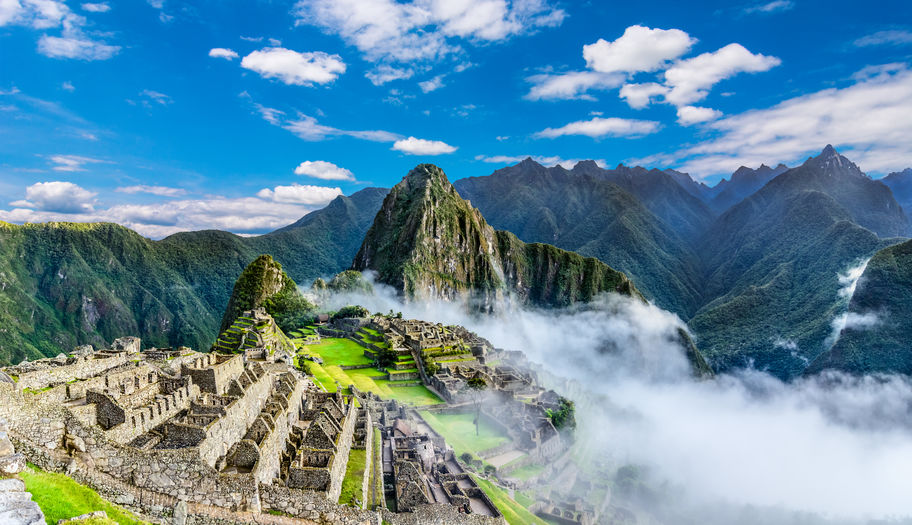
It is an intermediate hike that can take from 5-8 hours. There are plenty of steep climbs but well worth the stunning views . Once you’ve explored Machu Picchu, you can take the bus to Aguas Calientes where you can spend the night or take the train back to Cusco.
Fast Facts – What you need to know about Machu Picchu
Best time to visit Machu Picchu
Machu Picchu has wet and dry seasons, with the majority of annual rain falling from October through to April. The best time to visit Machu Picchu is in the dry season, the best months being May and early June to avoid the worst of the crowds of the peak season between late June and early July.
The rainy season usually begins in mid-December and lasts until the end of March or beginning of April.
Climate in the Peru highlands
The climate in the Andes depends entirely on the altitude with two main seasons, dry and rainy. Temperatures range between 0 ° C to 20 ° C in the dry season and 5 ° C to 20 ° C in the rainy season.
Safety
The biggest problem for most visitors to Machu Picchu – especially those hiking the Inca Trail or spending time in Cusco – is the altitude. Peruvians battle the thin air by chewing coca leaf. While there are some proven natural benefits to this, your travel doctor can also prescribe medicine to combat the effects of the altitude.
Use common sense and avoid carrying large amounts of money and valuables, especially at night. In popular tourist cities, crimes against visitors are rare.
Visas and passports
New Zealand citizens do not have to apply for a visa at an embassy or consulate before entering Peru. A passport valid for at least six months is enough to get a tourist visa upon entry. According to Peruvian law, foreign visitors must have a return or onward ticket when entering the country. While this law isn’t enforced by Peruvian immigration, airlines often demand to see a return or onward ticket when checking in for a flight to Peru.

